Arctic sea ice is a pretty predictable phenomenon, at least it used to be!
It always shrinks in the spring and summer, reaching its minimum extent in September and grows throughout the fall and winter, reaching its maximum extent in March. However, as our planet warms with the emissions of greenhouse gases, this predictability isn’t so predictable anymore.
As temperatures in the North rise, sea ice is melting earlier in the year and freezing later. Not only is Arctic sea ice shrinking, but it’s also getting thinner. Ice that survives at least one melt season is called multi-year ice. Multi-year ice becomes thicker over time making it less prone to melting. However, it seems today there is less of this multi-year sea ice and more of the thinner seasonal ice, at least in some parts of the Arctic. This thin ice is not able to withstand warming temperatures as well and is more susceptible to melting.
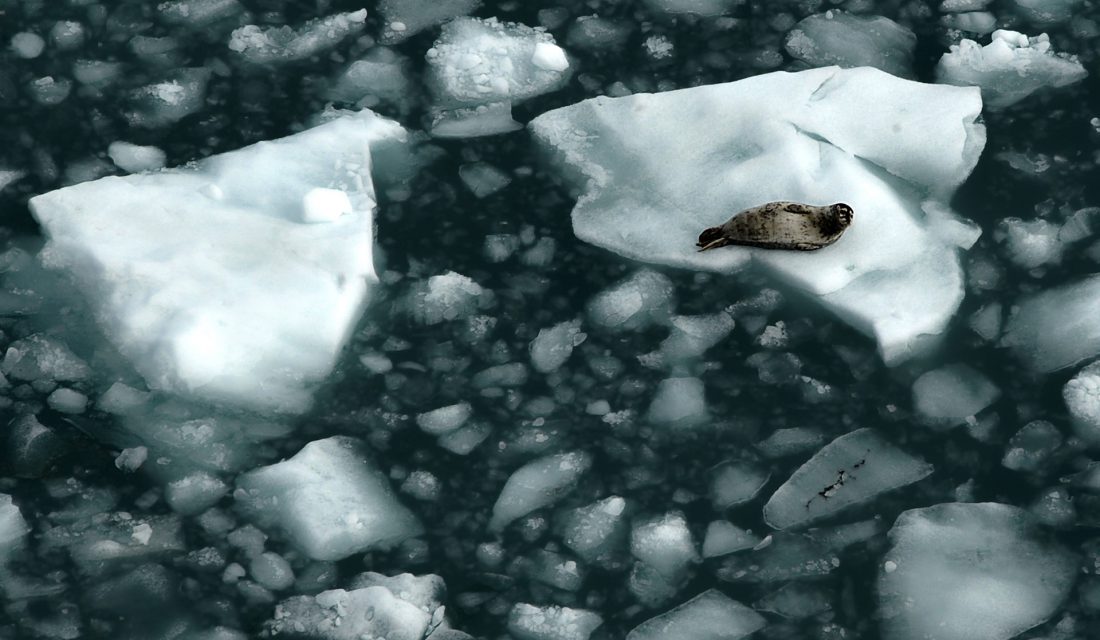
The problem is that as more and more ice melts, it feeds into a loop that causes even more melting. When there is a lot of ice, this light surface reflects energy back into the atmosphere reducing the amount of warming taking place. As ice melts, more ocean is exposed creating a darker surface. And we all know that darker surfaces absorb more heat and more sunlight which causes more warming. As more ice melts, there are more darker surfaces, which leads to more warming and the loop continues.
Models predict that we could see ice-free summers in the Arctic as early as 2035
What does this mean for species that depend on Arctic sea ice? It seems both small and large will be affected.
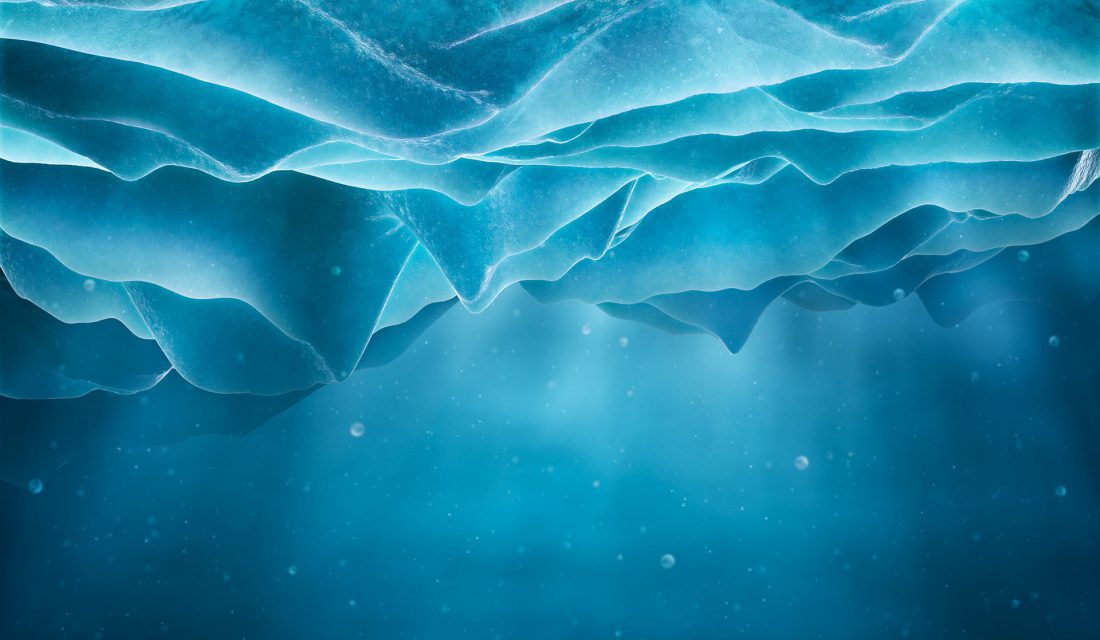 Sea ice is important to algae – the basis of the food chain. Algae grows on the underside of sea ice. Algae are eaten by zooplankton, which are eaten by fish, which are eaten by seals, which are eaten by Polar Bears. If the levels of algae decline, the food chain will be impacted.
Sea ice is important to algae – the basis of the food chain. Algae grows on the underside of sea ice. Algae are eaten by zooplankton, which are eaten by fish, which are eaten by seals, which are eaten by Polar Bears. If the levels of algae decline, the food chain will be impacted.
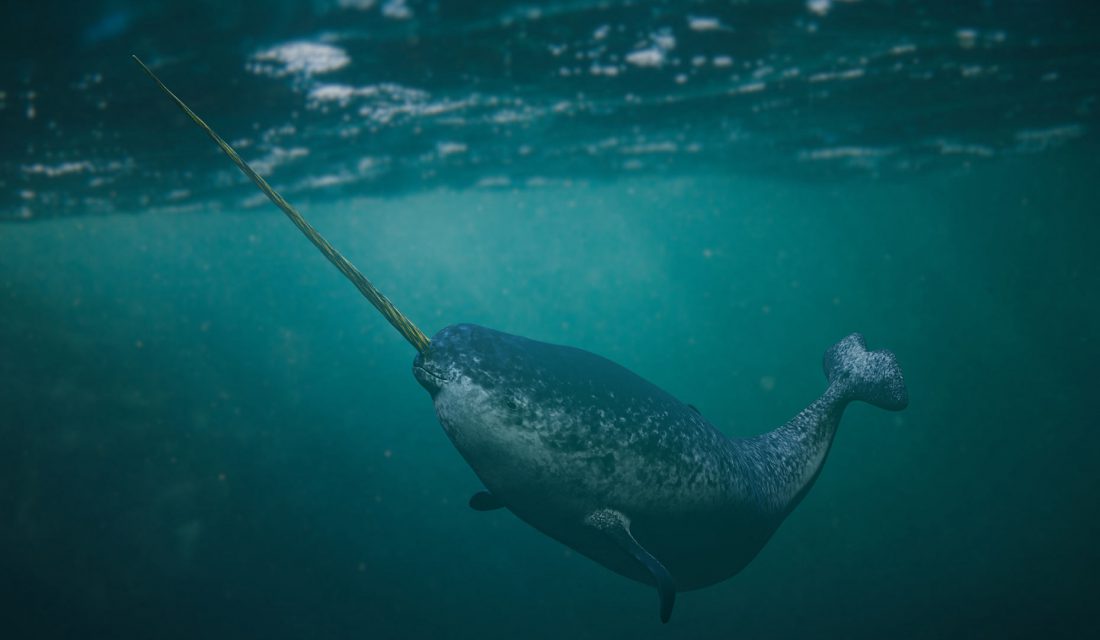
Narwhals, the unicorns of the sea, use sea ice to hide from and avoid Killer Whales. Could Narwhal numbers decline without this icy protection?
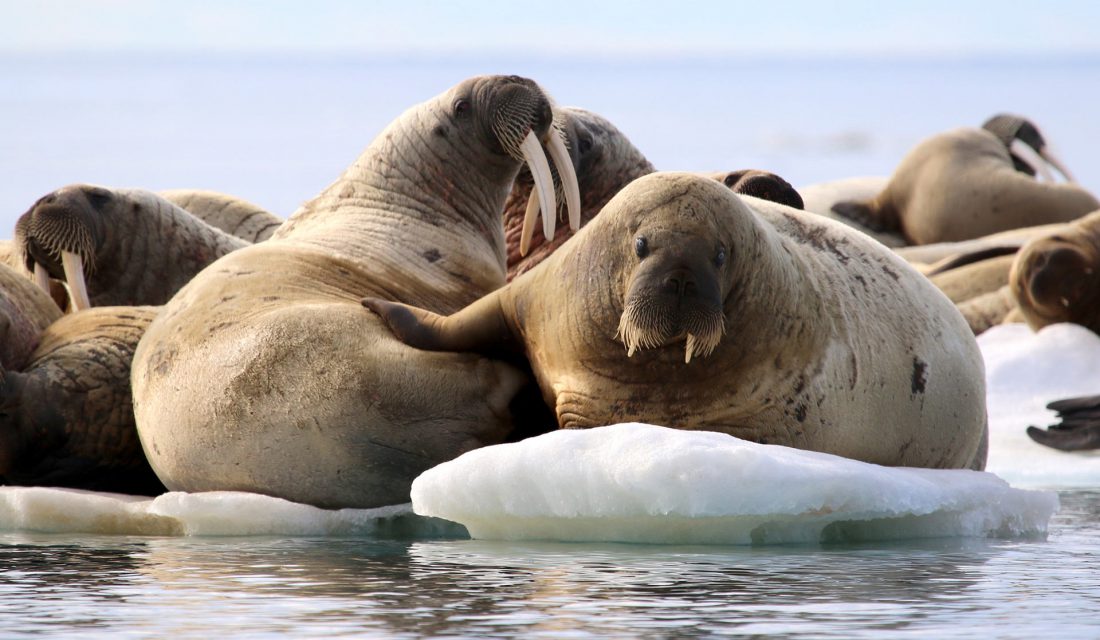
Walruses and Polar Bears use sea ice for travelling, hunting, and breeding. As the extent and thickness of sea ice declines, these animals face restricted access to food, increased energetic demands and reduced birth rates. Similarly, seals use ice for mating, giving birth, and for resting.
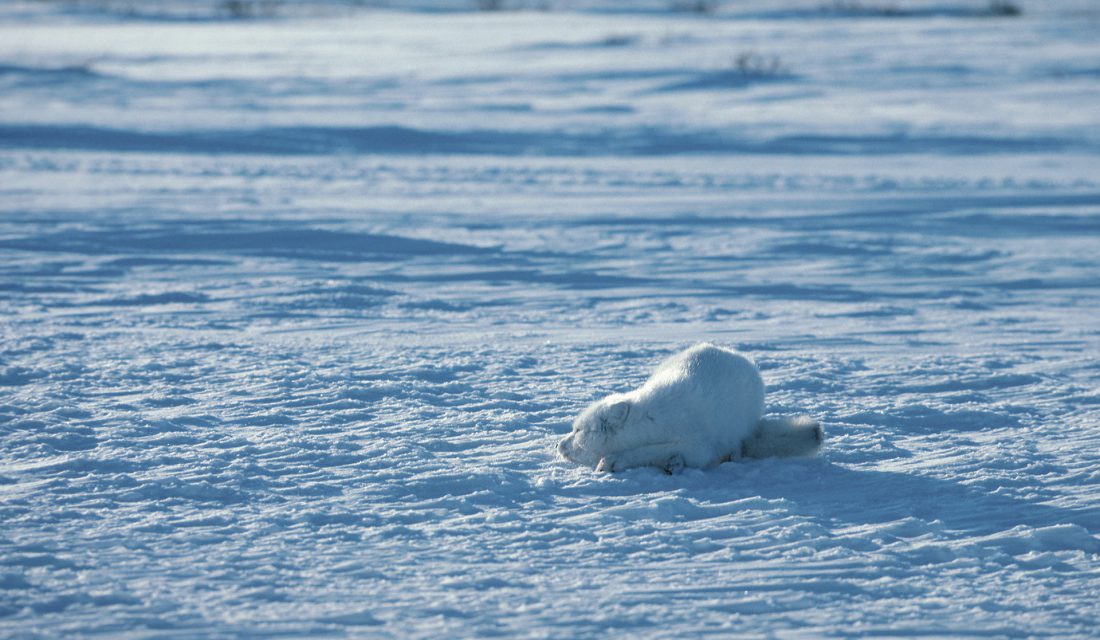
There are even species you wouldn’t necessarily think are associated with sea ice but are. There are populations of wolves and foxes that are typically connected by sea ice, with the exception of the summer months. One paper reports that the amount of time their populations are separated from each other could increase with the loss of sea ice which could lead to reduced cross-breeding, potentially impacting their genetic wellbeing.
Of course, the loss of sea ice doesn’t just impact the Arctic, there are global consequences as well.

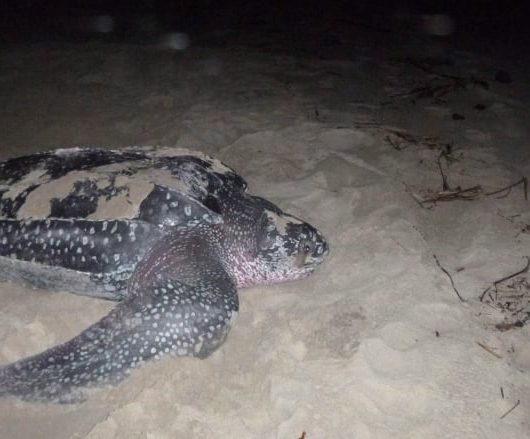
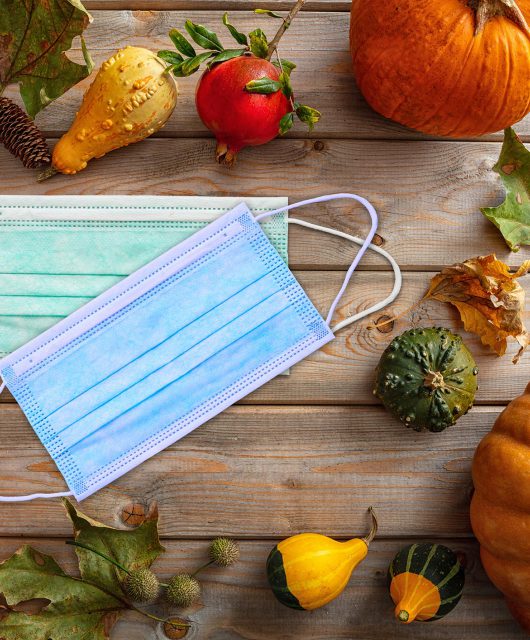
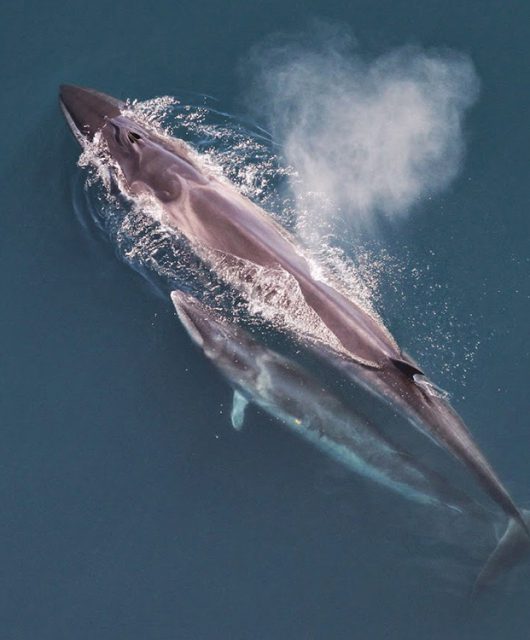
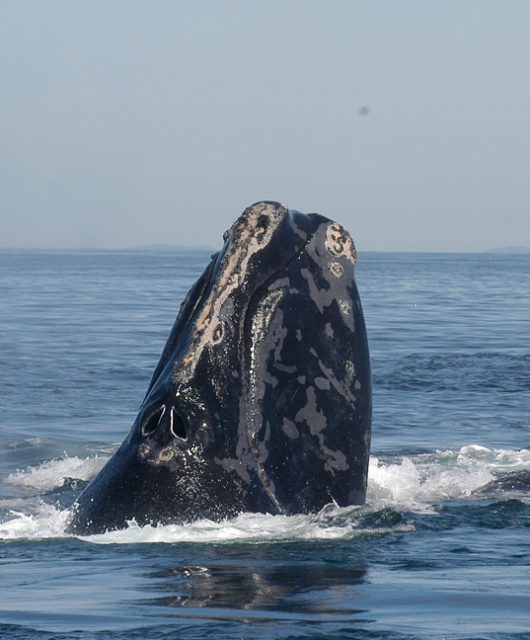
3 comments
Climate change is real. It has been occurring for millions of years and will continue to happen for millions of years in the future. This means Arctic ice will thin and animals will have to adapt in order to survive. There is absolutely no evidence from the UN or any government that the activities of mankind since the Industrial Revolution has had any affect on the climate. In fact, from1840 to 2000, there has been a 1.5 degree Celsius increase in world temperature, and since 1999, the world temperature has not increased at all.
We have to learn to live with climate change, and need to put our energy and money into helping wildlife adapt There is no “ climate emergency”, but we do need action, not taxes for our government.
Very interesting facts about the different types of larger whales and why their bodies help them swim.
Thank you for sharing this article which makes me think about the challenges that our planet Earth faces Please know that I appreciate your conservation efforts and will continue to do so.